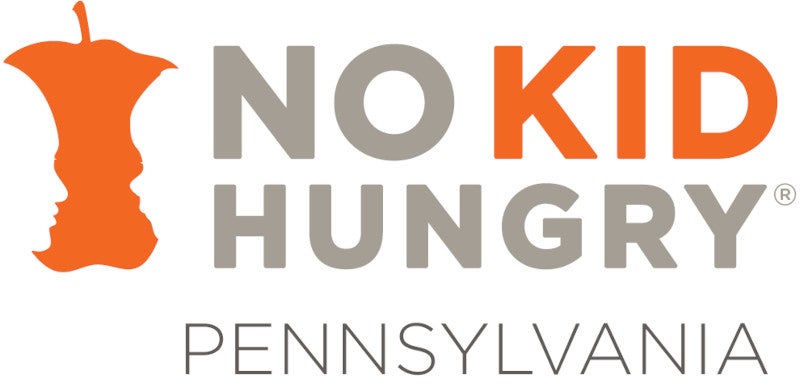In rural northern Pennsylvania sits Port Allegany School district, a small district serving students from five townships. In these communities, resources can be scarce, with businesses and healthcare shuttering, loss of jobs, and a lack of public transportation. When Superintendent Paula Newell came to the district in 2024, she knew that finding a way to keep students fed throughout the year was going to be one of her top priorities.
“I’ve got all these kids sitting in my building who are hungry […] and I’m asking them to grow their brains. And I know that’s an impossible task when you’re hungry. […] That is in my circle of control, so now how are we going to tackle it?”
Paula knew that while students could receive nutritious breakfasts and lunches throughout the school year, there was a gap throughout the summer months. She approached her Food Services department, who were ready and willing to start planning for summer meals. Paula applied for a No Kid Hungry grant that allowed the district to have a pathway to create a sustainable summer meals program that wouldn’t be a burden on the district’s budget.
In such a rural community, with significant transportation barriers, Paula and her team knew that traditional congregate summer meals would not reach all the children who needed them. With the rural non-congregate option, Port Allegany School District was able to let students pick up meals once a week instead of coming to town each day. At the end of their first year of rural non-congregate meal service, Port Allegany served over 27,000 meals to the community – a massive increase from no meal service the previous year.
Serving thousands of meals required collaboration across the district and beyond. Eight food service staff members prepped, assembled, and checked meals throughout the summer. Local community members and organizations stepped up to help with the distribution of meals to families who could not make it to the scheduled pick-up location. Throughout the summer, the Port Allegany Schools team received positive feedback from families, including Facebook posts where parents encouraged others to participate in the meal program, praising the quality of the food they were receiving.
Next summer, the district plans to further expand and publicize their summer meals program. Paula said “You plan really well, you put all the pieces together, and then you hold your breath… but it went so well […] I’m hoping that now that we’ve done it and know what it looks like, there’s a lot more kids we can feed next year.”


